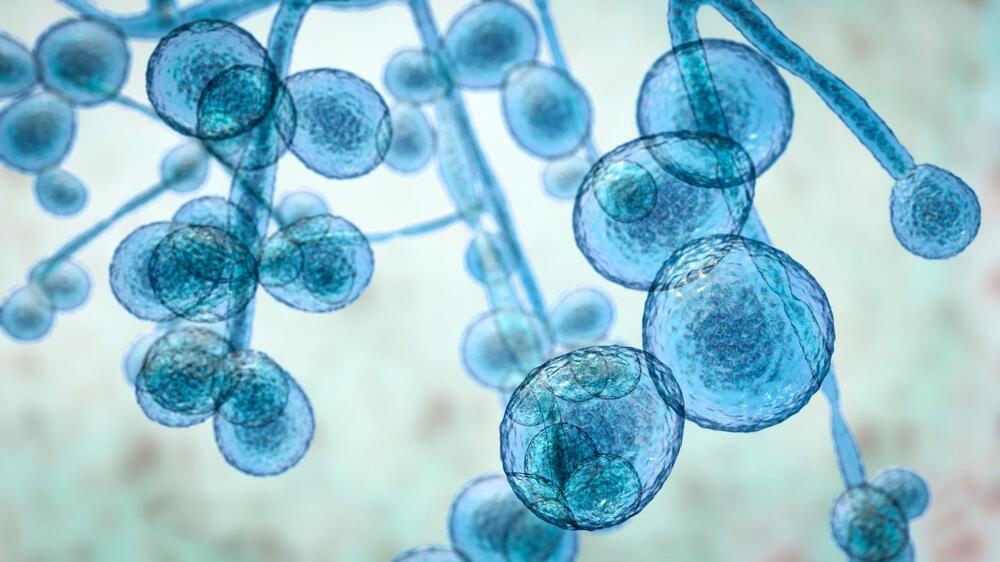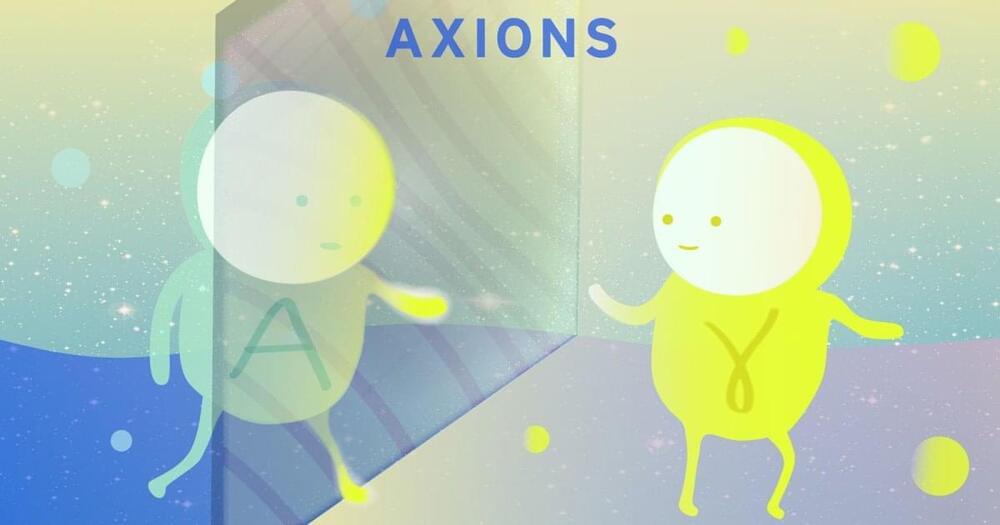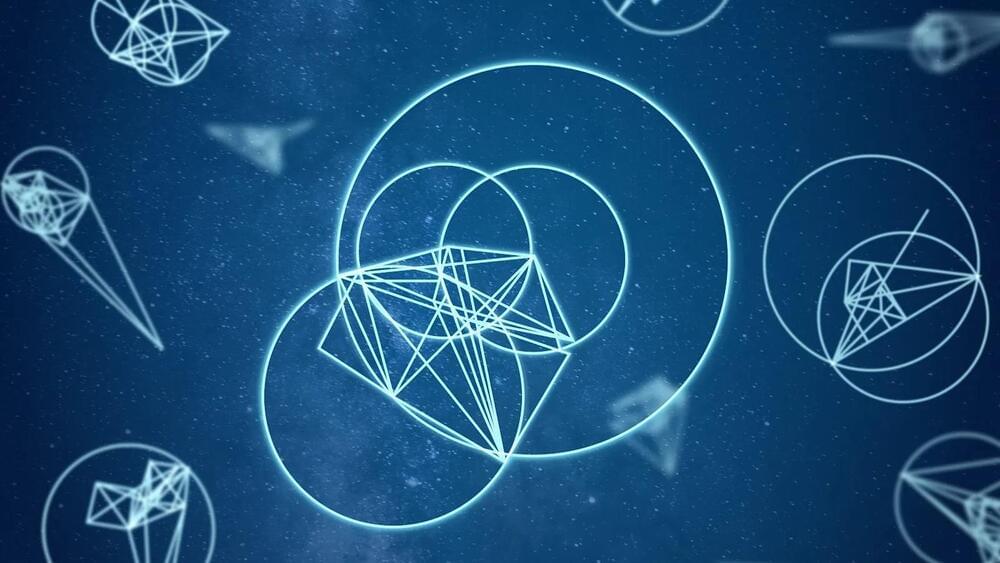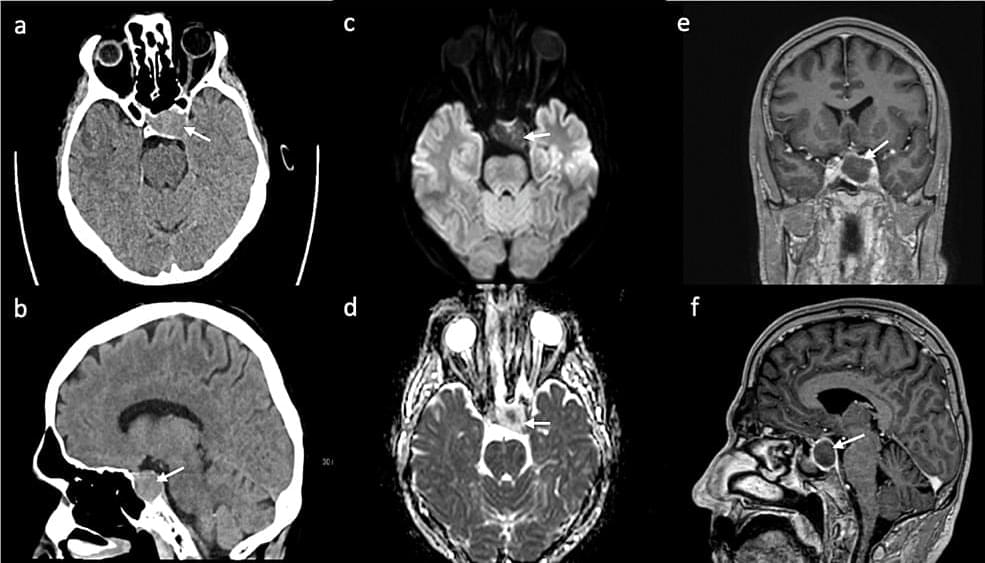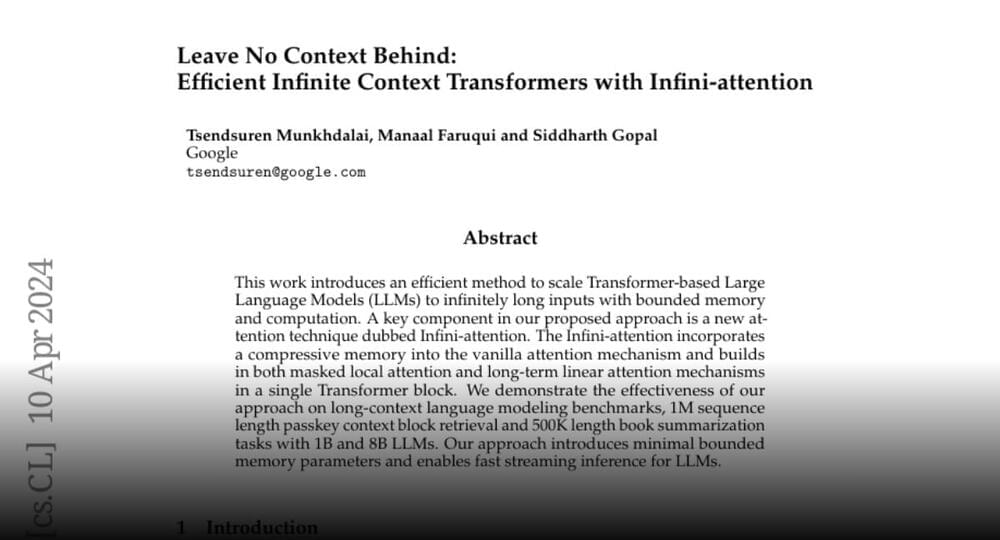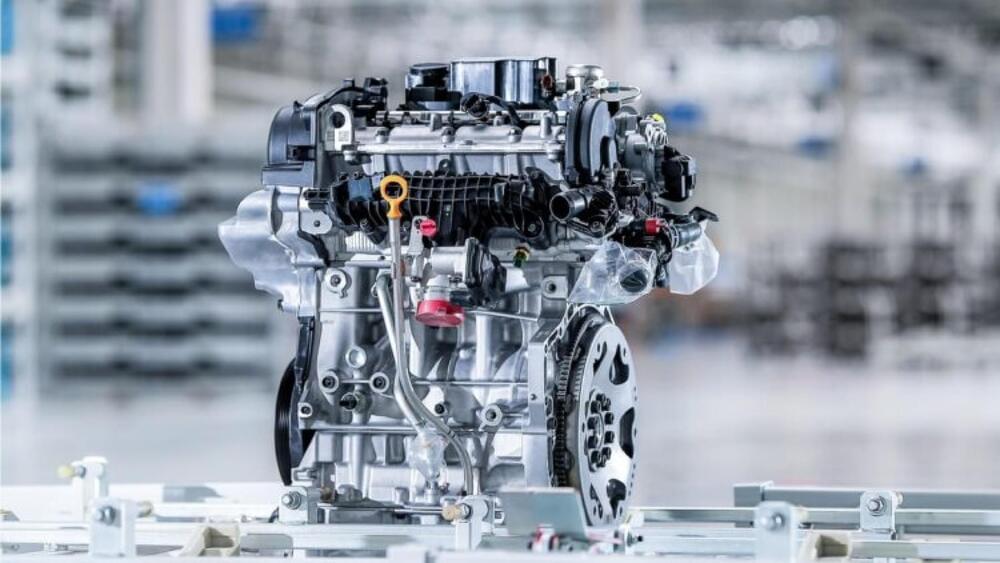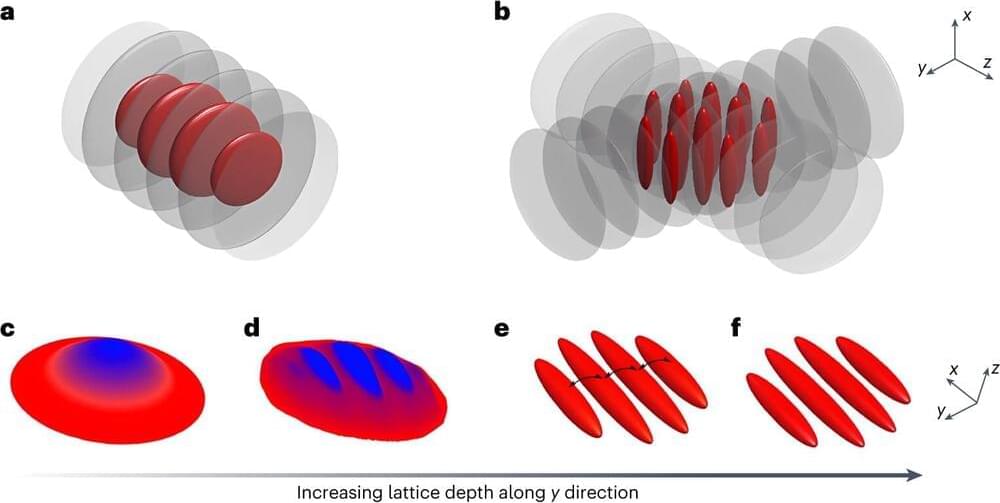‘‘The reason why no such glory has ever been observed outside our solar system is that this phenomenon requires very specific conditions, said Dr. Olivier Demangeon.
A recent study published in Astronomy & Astrophysics examines rainbow-like light patterns known as “glories” between the dayside and nightside of the exoplanet, WASP-76b, which occurs from the interactions between the parent star’s light and perfectly uniform droplets within a planet’s atmosphere. This study holds the potential to help astronomers better understand exoplanet characteristics, as this marks the first time these “glory” patterns have been observed outside of our solar system.
Artist’s rendition of a “glory” on WASP-76b. (Credit: © ESA, work performed by ATG under contract for ESA. CC BY-SA 3.0 IGO)
While WASP-76b was discovered in 2013, astronomers have been puzzled by its peculiar behavior along the exoplanet’s terminator, which is the separation point between the dayside and nightside. For example, astronomers have noted higher amounts of light along the east part of WASP-76b compared to the west part of the exoplanet.
